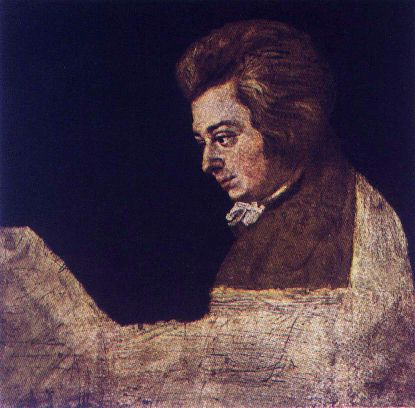
The aria "Non so piu, cosa son cosa facio" is sung by Cherubino, the count's young male page. In the aria, Cherubino confesses his blossoming interest in all things feminine and particularly for his "beautiful godmother" - the Countess. Traditionally, Cherubino is played by a female singer dressed as a man, what is known in the business as a "trousers role."
Things to Note
This aria is an example of an aria agitata: an aria sung in a breathless manner which tended to signify "virtue in distress." These types of arias were often cued in the libretto by signs of physical suffering, the shortness of breath and the inability to speak clearly if at all. Musically, the accompaniment moved rapidly, had offbeat accents and a general sense of overrushing emotion. The aria agitata was one of many aria types present in opera of the 18th century.
Opera at the time was divided between comic operas, known as opera buffa, and serious operas, known as opera seria. The buffa version of the aria agitata originally derived from the seria version where it was more associated with rage. (For further information on this type see Jessica Waldoff's Recognition in Mozart's Operas pages 144ff.)
Cherubino's aria is all the more buffa becuase those very sentiments and emotions that characterize this aria are put in the mouth of a teenage boy and an older woman.